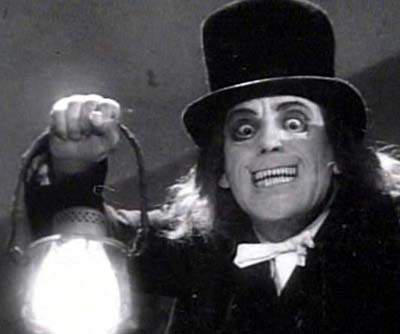Throughout October, Madison Film Guy will post new mini-reviews/recommendations/musings on contemporary or classic horror films to help celebrate my 31 favorite days of the year: the countdown to Halloween! Today’s film: Extraordinary Tales.
Extraordinary Tales, 2015
Speaking of extraordinary, it has been an extraordinarily tricky proposition to bring Edgar Allan Poe’s tales to the big screen.
Though many films—and many of them truly great—purport to be based on, inspired by, or loosely adapted from Poe’s masterworks, precious few have been able to actually convey the classic stories or poems as they were intended by the author.
The animated anthology Extraordinary Tales is the exception, and it is a scrumptious appetizer to this year’s delicious Halloween feast, faithfully adapting some of the best entries in Poe’s canon of “love letters to death.”
Loosely organized around a (largely perfunctory, unfortunately) conversation between the spirit of Poe—a raven—and Death herself, Extraordinary Tales spins five beautifully animated tales of madness and terror mostly narrated and/or voiced by masters of horror.
Sir Christopher Lee lends (in an original recording, one of his final performances) his authoritative baritone to the film’s take on The Fall of the House of Usher. Bela Lugosi gets inside the head of the unbalanced murderer of The Tell-Tale Heart. Julian Sands hisses his way through the grim procedural The Facts in the Case of M. Valdemar. Modern master Guillermo del Toro lends his grim tone to the torturous tale of the Spanish Inquisition, The Pit and the Pendulum. And Roger Corman—perhaps in a nod to his own rich catalogue of loose Poe adaptations—voices the decadent Prince Prospero in The Masque of the Red Death.
If Poe’s tales are, as the film notes, “love letters to death”, then Extraordinary Tales must be a love letter to Poe himself. Written and directed by Raul Garcia, who has worked on the animation teams for some of the biggest animated films in recent years, Extraordinary Tales brings each of Poe’s stories to life in a different style and tone. Each singularly captivating. Each gorgeous in its own way. Each expressing an inner or outer horror in ways that live-action filmmaking can rarely capture.
Though all are wonderful, there is particular joy to be found in Garcia’s take on The Tell-Tale Heart. Despite a poorly-recorded voice track (all scratches and hisses and ambient hum) that is thought to be nearly 70 years old, Lugosi’s interpretation of the narrator’s madness—from self-congratulatory calm to desperate paranoid confession—is absolutely intoxicating. At the same time, the gothic animation of the tale is bold and striking.
A close second (though why rank at all?) would be the film’s version of The Fall of the House of Usher, which perfectly captures Poe’s expression of the inexorable decay of the noble bloodline of Usher through the crumbling foundation, the collapsing walls, and the shattering windows of their ancient home.
There may be a more perfect cinematic adaptation of Poe’s greatest works…nevermore.














